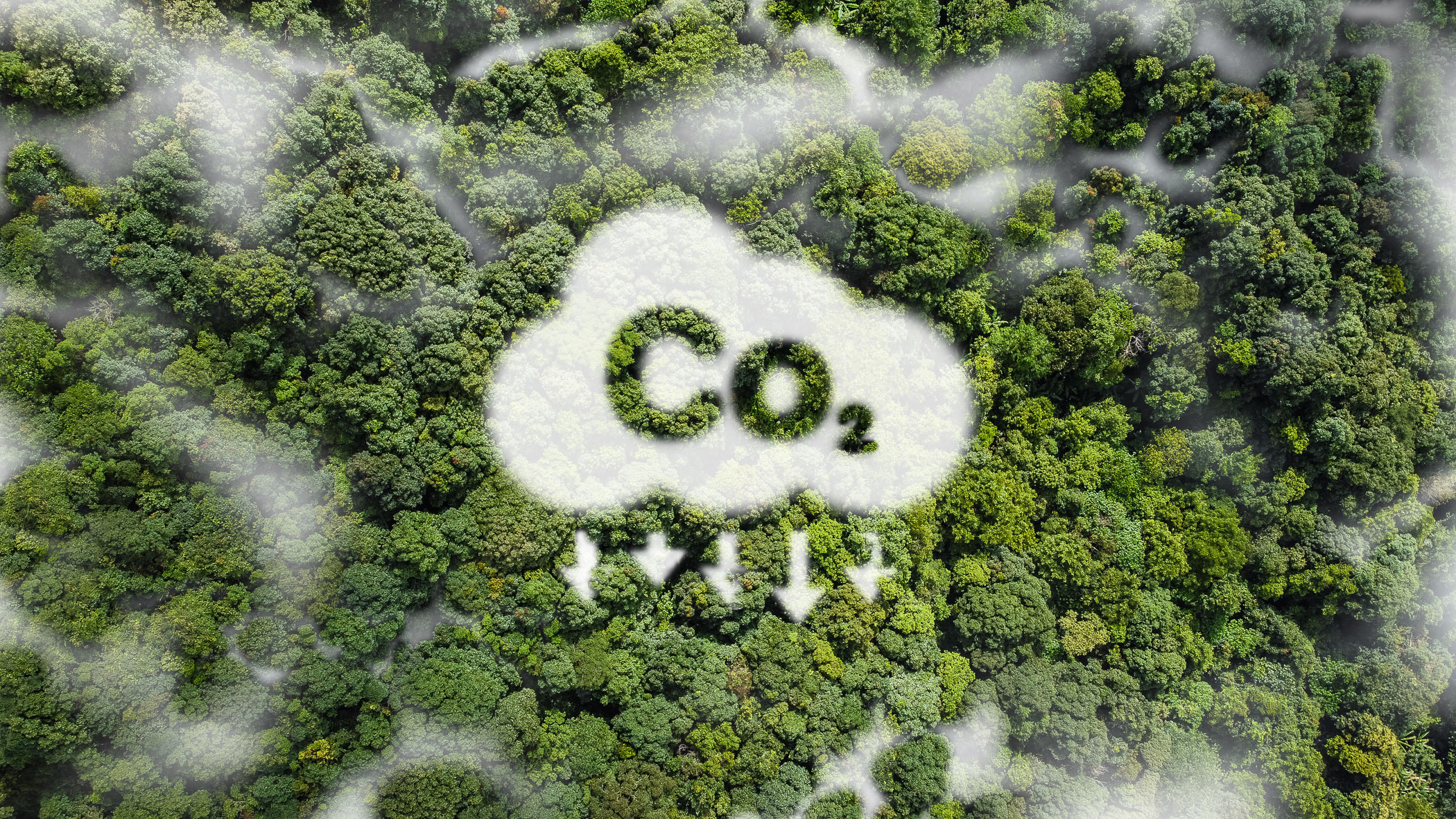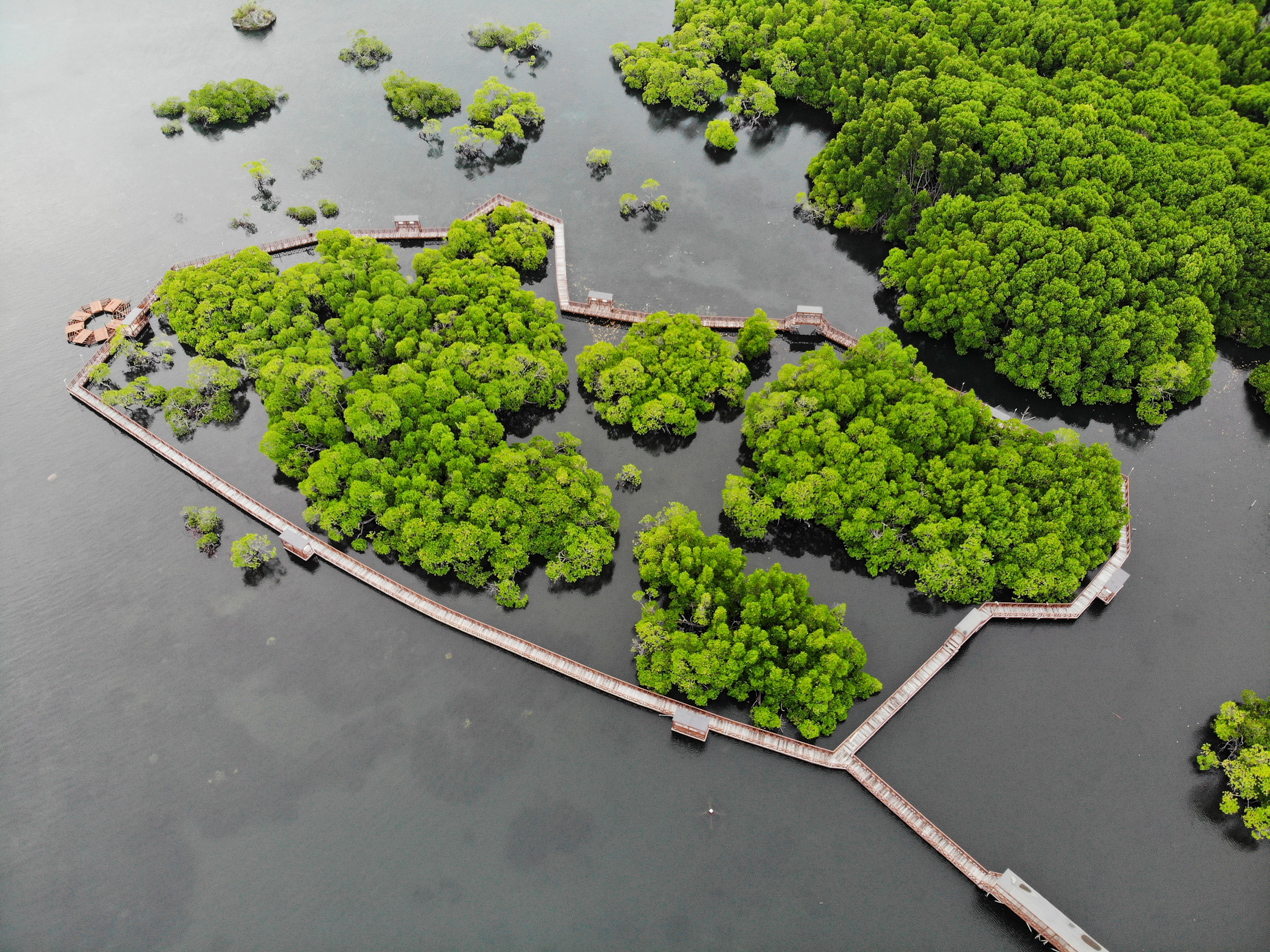
Conservation Corner
Solving the Climate Crisis
The solutions to solving the climate change crisis are complex and each will play an important role.
A top priority is preventing carbon and other greenhouse gases from entering the atmosphere with reduced reliance on fossil fuels. This will be accomplished through individual actions such as reducing the consumption of meat and using public transportation, community actions such as investing in public transportation infrastructure, and corporate actions such as using cleaner energy sources. Another part of the solution is removing carbon that is already in the atmosphere. Let’s explore these strategies.
What is the Carbon Cycle?
The carbon cycle is the natural phenomenon in which Earth processes carbon. Carbon dioxide is emitted into the atmosphere naturally through plants and animals as well as emissions from vehicles, factories, and other industrial processes. Plants will use some of the carbon dioxide in the atmosphere to create food through photosynthesis and carbon is naturally absorbed by other means.
Unfortunately, with our increasing use of fossil fuels in the past century, the natural carbon cycle is too slow for the amount of emissions being emitted. This is leaving too much in the atmosphere, trapping excess heat and warming the planet, and causing other environmental issues.
“One need only reflect on increasingly severe wildfires and hurricanes to realize that it is time to forego patience and commit to doing all we can in the next two to three years.
”— Dr. Peter Kareiva, Aquarium president and CEO
How can we remove more carbon from the atmosphere?
The term “removal” needs to be considered lightly since matter can neither be created nor destroyed. It only changes forms. And because of that conservation law of matter, how we approach carbon removal needs to be creative and safely stored.
We can help by using two general strategies: carbon capture and storage (carbon sequestration) and carbon offset.
What is Carbon Capture and Storage?
This method of carbon removal uses the incredible versatility of carbon to creatively capture it in the air and store it in other forms. There are two routes the technology can follow: geologic and biologic.
Geologic methods include taking the carbon from the atmosphere and processing it into rock formations for permanent storage.
Biologic methods transform the carbon into various forms such as vegetation, soils, wooded products, and aquatic environments. Another aspect to this route is the carbon is used to encourage the growth of plants and trees.
The key part of these technologies is that the carbon is being sequestered, which is why this method is called carbon sequestration. Carbon can also be used in building materials as an alternative way of storing the carbon elsewhere and safely.

What is Carbon Offset?
Carbon offset is an approach that improves the natural carbon cycle. A very common carbon offset method is reforestation, which is planting more trees to absorb carbon. Other methods include outfitting a building with carbon-storing agricultural practices.
These practices are important in protecting key habitats such as mangroves, estuaries, and seagrass beds. These key coastal habitats are not only important for many animals, but also serve as buffer zones for storms.
What is Carbon Reduction?
This approach focuses on managing the carbon output of individuals, businesses, or other entities—the amount of carbon emitted into the environment. These are the methods such as walking versus using a car, purchasing products that are sustainably produced, managing waste, and using solar and other alternative energy sources.

It all begins with us!
As researchers and inventors find ways to effectively remove carbon or transform the carbon, we can take action by looking at what each of us can do to reduce our carbon footprint.
However, it is not just one individual doing one thing; it is going to take everyone doing multiple things in communities and across the world. And by working together through the combination of community effort and science, there’s hope for a sustainable path out of the climate crisis.